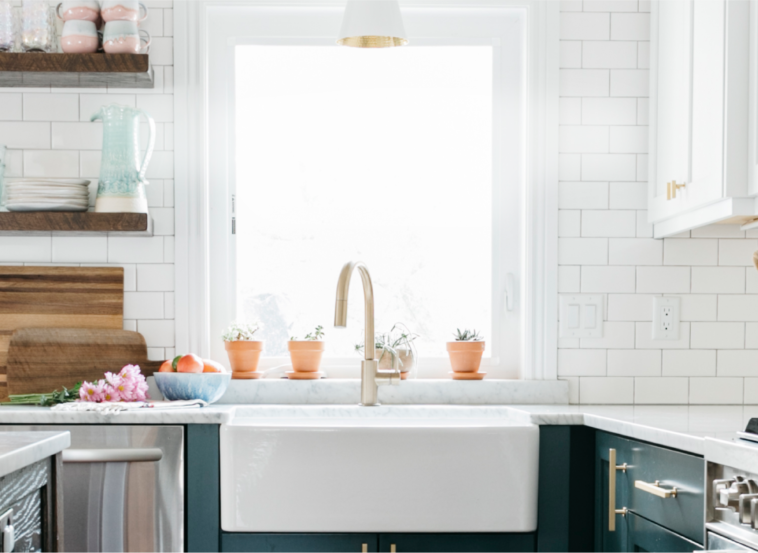Just one look at a farmhouse sink, and you already understand why they’re such a rage today. At the same, getting a good buy requires that you’re well aware of several factors to look out for when buying a farmhouse sink for kitchen use.
Here, we’ll be taking a quick look at five tips to guide your choice of a perfect farmhouse sink. And if you’re merely looking to switch up your kitchen’s aesthetics, you can rest assured that you find our tips helpful. We have curated tips on the coolest exterior features to look out for and functionalities of farmhouse sinks.
Let’s begin.
1. Consider the Apron Front, Kitchen Style, And Scale
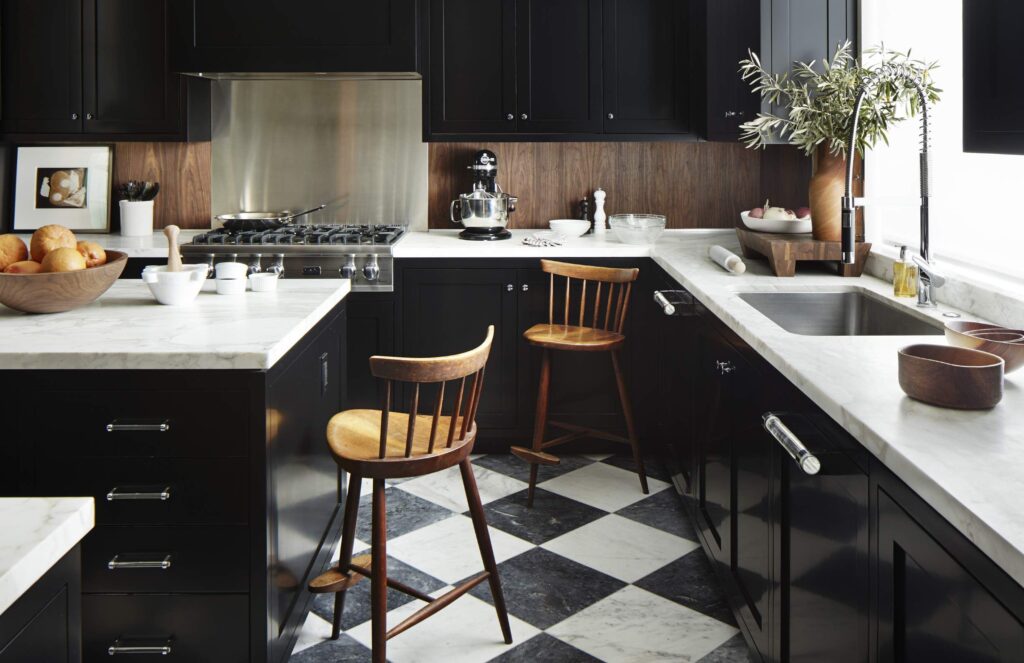
Usually, the most exciting attraction of a farm-house sink is its broad apron front, particularly how it extends down to the cabinets flanking the frontal part of the sink. However, there are several apron front styles such as pleats, flat fronts, or etched designs. But the front style isn’t the only interesting factor to consider. There are also different sinks protruding from cabinetry surfaces to any width of your choice.
A quarter or a half of an inch of width is regarded as the industry standard. However, a thicker frontal part is often preferred. While this is acceptable, it is essential to measure and consult a specialist in kitchen design to help you recreate the fantasies of your kitchen look and style. It’s worth noting, also, that regardless of whatever design you settle for, ensure that there’s enough clearance for the drawer or door underneath your sink to open with zero interference with your apron front.
Again, what makes a farmhouse sink distinctive is its classic look, especially its huge apron front that conveniently catches the eye of its admirers. With this settled, you can then make other parts of your kitchen equal to the standard.
So, are you a stickler for French country style or a huge fan of minimalist designs? Got a thing for metals, natural materials, or a simple white look? Be sure to determine exactly how you want your kitchen to look. It’s also important to note that your choice of farmhouse sink will depend on your kitchen size.
As such, a sink that fits well into your space should be in your top consideration. Again, farmhouse sinks styles are typically between sizes 20 and 60 inches, so there’s a wide variety of size options to choose a suitable one from.
2. Choice of Materials and Their Durability

There are different kinds of materials to choose from if you’re seeking to buy a farmhouse sink. There are stainless steel, free clay, copper, cement, and classic porcelain types, usually a coating on the iron sink. Although they are all slightly different in look, it goes without saying that these materials will each give your kitchen a different look.
If you have kids around but can’t tolerate fingerprints, you should rethink your choice of buying stainless steel sinks because these will show every water smudge and spot. Also, you might want to consider a white sink if your kitchen has many colors and patterns to create a beautiful contrast.
These materials determine not only the looks of your kitchen but also your sink’s durability. For instance, copper sinks have natural antibacterial qualities that help in keeping the kitchen clean. For lovers of copper with concerns about sink microbes, you should give copper sinks a try.
If you use a kitchen a lot, you will find a stainless steel fitting as your kitchen sink material because it’s solid and durable regardless of how often you use it. If you like to keep it classic without putting it through too much heavy work, porcelain sinks may be your perfect match. If you have a large budget for your farmhouse sink and want an elegant-looking material with a long life span, you might consider a free clay (gold standard) or marble.
3. Be Deliberate With Creating Enough Space For Your Sink
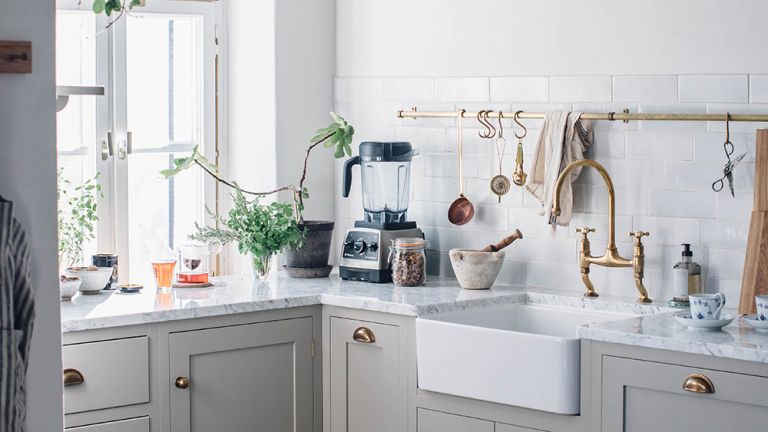
Typically, farmhouse sinks are under-mount, meaning that they don’t have the usual pre-cut openings for soap dispensers and faucets that come with drop-in sinks. So, leaving enough space behind your sink to fit a faucet is imperative if you want a good deal.
A few inches of space would suffice, but it’s not a bad idea to consult a design specialist to take a look and confirm your spacing, especially if the complete installation is a DIY project. Otherwise, you can double-check the space to be sure it fits the space required for the sink.
4. Support your Sink Weight
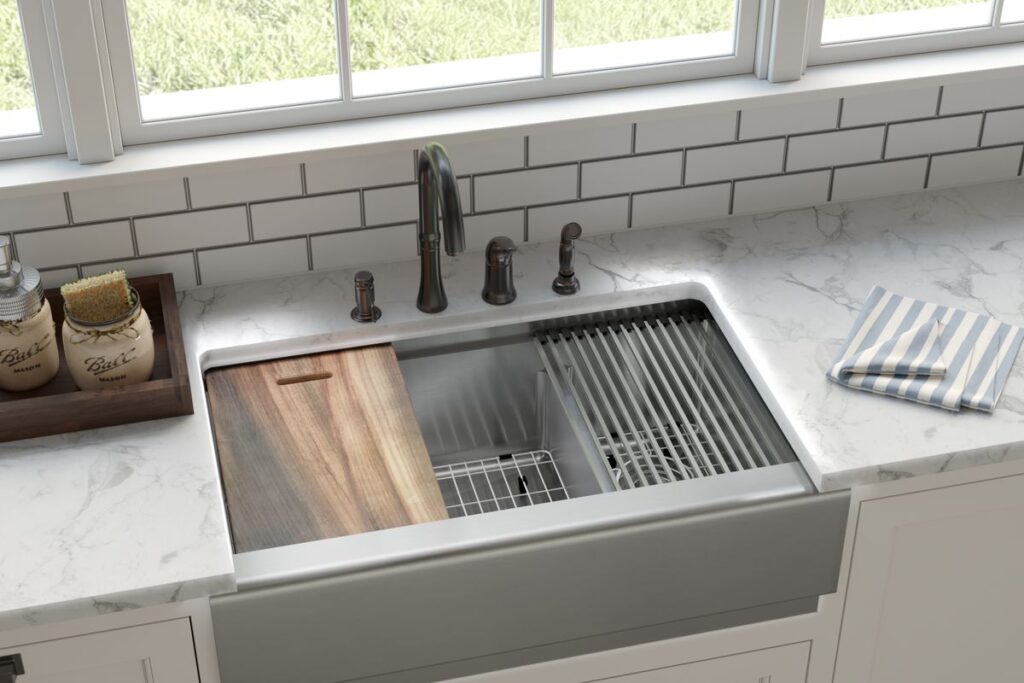
Usually, farmhouse sinks are weightier than most sinks. As such, it’s vital that the weight underneath the sink can conveniently support the weight of the sink itself. For this, you can use supporting beams placed directly underneath the sink.
Empty farmhouse sinks typically weigh around 150 lbs alone without placing anything in them. It’s also a great choice to use an under-mount kit because they provide the needed support for your farmhouse sink.
5. Consider the Sink Basin Styles
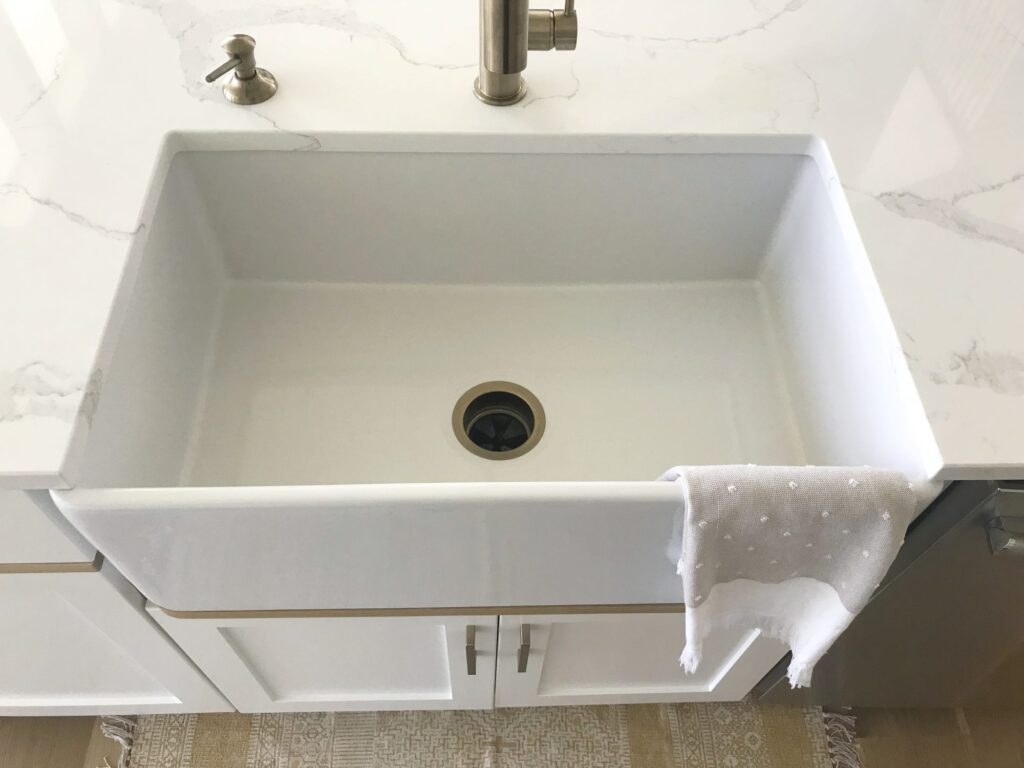
While there is a wide variety of sinks to choose from, you’d be making a great choice selecting single or double farmhouse sink basins. But there are a few things to note about both basin styles.
Double basin sinks sometimes come with built-in drying racks giving the added advantage of a place where you can dry your dishes while giving a vintage look to your sink. It offers enough space to wash your large utensils and pots. Generally, let your choice of a sink basin depend on how you intend to use your kitchen.
Conclusion
Buying a farmhouse sink is exciting and a bit overwhelming, especially if you’re a first-timer. It is exciting because it’s quite the trend these days and offers a wide array of choices. It is overwhelming because it is essential to guide your choice carefully, as there are several styles and functionalities to choose from. To assist you pick out the best farmhouse sink, you can check out this helpful source for a variety of farmhouse sink brands to choose from.



